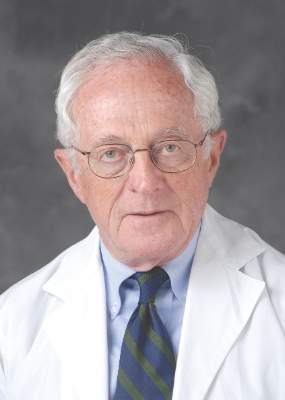At a time when therapeutics is emphasizing personalized therapy, it is reassuring that someone is interested in the big picture. Treating a single patient with drugs that cost $500 a pill seems in conflict with the needs of millions of individuals who might have the expression of cardiovascular disease delayed with a pill that might cost pennies.
Dr. Saleem Yusuf originated the concept of the polypill more than 10 years ago by proposing to make one simple pill to mitigate the effect of aging on cardiovascular mortality, particularly in the underdeveloped and rapidly aging countries of the world. Working at the Population Health Research Institute at the McMaster University in Canada, he has moved through a number of iterations of the original Polypill, the most recent reported from the Heart Outcomes Evaluation (HOPE-3) trial ( N Engl J Med. 2016 May; 374:2021-31). HOPE-3 distilled the initial polypill array of five drugs (three antihypertensives, a statin, and an aspirin) down to a combination of three drugs; two hypertensives and a statin. One hypertension drug was discarded in the face of concerns of the potential of symptomatic hypotension, and aspirin because of its bleeding potential.
HOPE-3 included 12,705 patients in 21 countries around the world with 50% coming from Asia and China, 80% of whom were nonwhite. Patients aged at least 55 (men) and 65 (women) years with only one cardiovascular risk factor and with systolic pressure less than 160 mm Hg, were followed for 5.6 years. Patients were randomized to a combination of hypertension medications (candesartan, 16 mg, and hydrochlorothiazide, 12.5 mg), a statin (rosuvastatin, 10 mg) or both, or to placebo. The hypertension drug combination was successful in lowering the systolic pressure at randomization of 138/81 by 10 mm Hg but had no effect on cardiovascular mortality or morbidity. In contrast, the rosuvastatin arm successfully lowered the mean LDL cholesterol of 127.8 mg/dL by 26.5% at the conclusion of the trial. This was associated with a 24% decrease in the combined cardiovascular morbidity and mortality endpoint and a decrease in myocardial infarction and stroke of 35% and 30% respectively. The addition of the hypertension drugs to rosuvastatin added little to the morbidity and mortality benefit observed with rosuvastatin alone.
The initial concept of the polypill was greeted with considerable skepticism by the medical community, which has viewed attacking cardiovascular mortality as a one-on-one experience between patient and doctor. This, despite the benefit of a broad array of prevention efforts, including lifestyle and hypertension therapy that has occurred over the last half-century.
The concept of a polypill with five different medications appears to have failed, but its outcome refined to just to one statin is a message of great importance. In a universe of indigent and undertreated humans, the need for some form of intervention seems to be a crying one. The results of HOPE-3 are consistent with JUPITER and other statin lipid-lowering trials and indicates that just treating cholesterol alone in this low-risk population achieved significant benefit of itself. Application of such an intervention in the Third World could have an important benefit. The cost of such an intervention is minimal, compared with the recent additions to the cardiovascular pharmacopeia in both heart failure and lipid therapy.
Dr. Goldstein, medical editor of Cardiology News, is professor of medicine at Wayne State University and division head emeritus of cardiovascular medicine at Henry Ford Hospital, both in Detroit. He is on data safety monitoring committees for the National Institutes of Health and several pharmaceutical companies.





